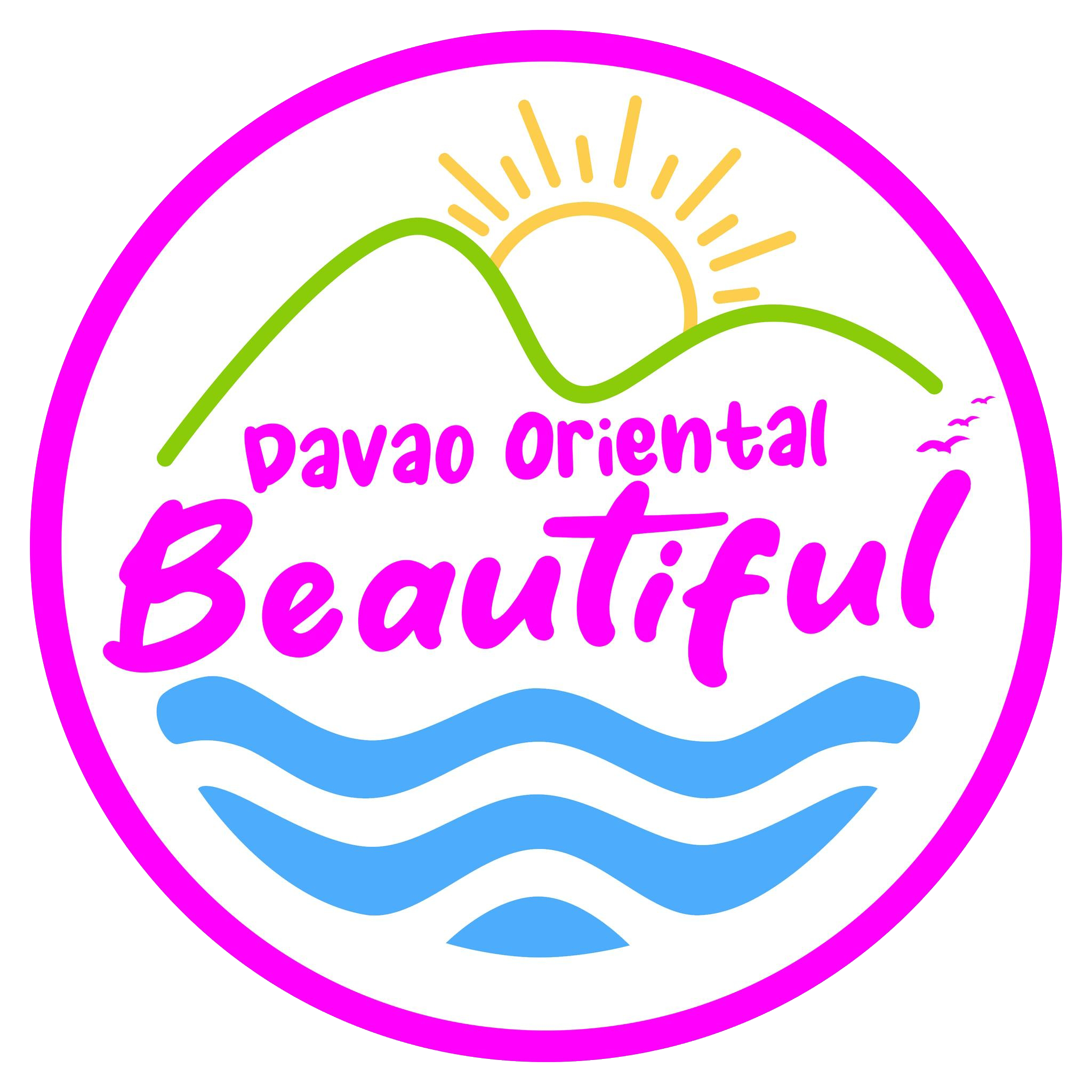MOUNT HAMIGUITAN RANGE
WILDLIFE SANCTUARY
Previous slide
Next slide
Mt. Hamiguitan Range Wildlife Sanctuary (MHRWS) was created on July 30, 2004, by virtue of Republic Act. No. 9303. It is located in Region XI specifically in Southeastern part of Mindanao and belongs to the Philippine Biogeographical Zone 14 of Central Mindanao. Its boundaries traverse along the Municipalities of San Isidro, Governor Generoso and City of Mati, Davao Oriental. MHRWS is nestled atop Pujada Peninsula. It is situated inside the coordinates 6o39’45” to 6o47’10” north latitude and 126o08’30” to 126o12’15” longitude. Its elevation range is from 170 to 1,637 meters above sea level (masl). It has a rough to very rough terrain. MHRWS has type IV climate which is characterized by even rainfall distribution throughout the year and an absence of a lengthy dry season. There is no rainfall data inside MHRWS, but the nearest rain gauge station has recorded an annual average of 1,266 millimeter (mm) with a monthly average rainfall of 105.5mm. Average temperature recorded at the nearest weather station is 27.75oC. The lowest temperature is recorded in April and May at 33oC, respectively. Unofficial Temperature recorded inside the pygmy forest is from 10oC to 16.5o and the relative humidity is 98percent. cThe total area MHRWS is 7,132.76 hectares. Out of these 6,348.99 hectares is classified as protected area (PA) and 783.77 hectares constitute the buffer zone. The land cover is classified into agro-ecosystem, dipterocarp forest, montane forest, mossy forest and mossy-pygmy forest, but the area coverage of each land cover is still to be surveyed on the ground or through satellite imagery analysis.Majorty of the MHRWS area, particularly those where the natural tropical bonsai forest are located, is characterized by ultramafic rocks with thin soil cover which is highly acidic and has low fertility.There are a total of 957 plant species found in the area. They are composed of 723 angiosperms, 27 gymnosperms, 164 ferns and allies, 17 mosses, 13 liveworts, 13 lichens and undetermined number of fungi species. Out of this total number of species, 35 are critically endangered, endangered or vulnerable; 33 are rare; 163 are found only in the Philippines; and 204 are considered economically important. Eight species are recorded new for Mindanao. Moreover, there are also three species of pitcher plants found only in MHRWS, the Nepenthes peltata, N. micramphora and N. hamiguitanensis.<br>A total of 423 animal species which include 15 non-flying mammals, 11 flying mammals, 108 birds, 33 reptiles, 18 frogs, 142 butterflies, 31 dragonflies, 46 spiders, four only in Mindanao. There are also seven animals ( Batomys Hamiguitan, Delias Magsadana, Arphola Eridanus Davalma, Arisbe euphoratoides, Paruparu cebuenis, Anax guttatus, Prodasineura integra). Which can only be found in the pygmy forest of MHRWS. Aside from the abovementioned species, MHRWS is also renowned for its 1,234 hectares of natural tropical bonsai forest which is considered unique worldwide. A pygmy forest where Tropical Tree species such as Almaciga (Agathis philippinensis), Cedar (Dacrydium elatum) and Ulayan (Lithocarpus llanosii), among others, have average heights of only 1.4 meters while they attain heights of 20 meters or taller at the dipterocarp and montane forests.Other prominent natural features of MHRWS include the Tinagong Dagat Lake, Twin Falls, Hidden Garden, Licud Falls and Mansadok Peak. Some watersheds of Bitaogan, Mabua, Dumagooc, Tibanban, Salingkomot and Jericho Rivers are also found inside MHRWS. The completed management zoning for MHRWS classified 5,792.36 hectares of the area as strict protection zone (SPZ) and 1,340.40 hectares as multiple-use zone (MUZ). In the strict protection zone, only scientific studies and researchers are allowed while the MUZ. agro-forestry, sustainable use of minor forest products such as Almaciga resin and rattan, gathering of fallen branches, seeds, leaves, twigs and driftwoods as well as ecotourism activities are allowed. Biodiversity assessment of MHRWS was already completed and researchers on resource valuation and Biosystematics of the Genus Amomum Roxb are on-going.In terms of human habitation, 39 households are located inside the buffer zone/ multiple use zone. The surrounding communities recorded a minimal overall population growth 2.04 percent during the years 2001-2007. Sanctuary protection is being carried out effectively by the regular protection officers of MHRWS. This is being reinforced also by the community forest rangers locally called as “Bantay Gubat”.
Habitats and Ecosystem
Hydrology and Watershed
Flora
Fauna
#davaoorientalbeautiful


















